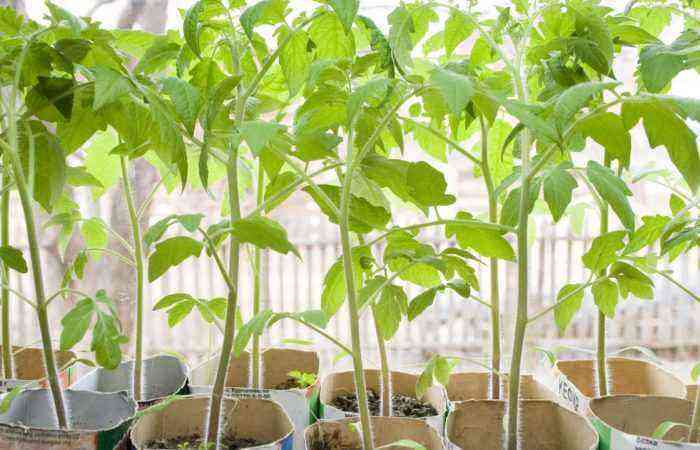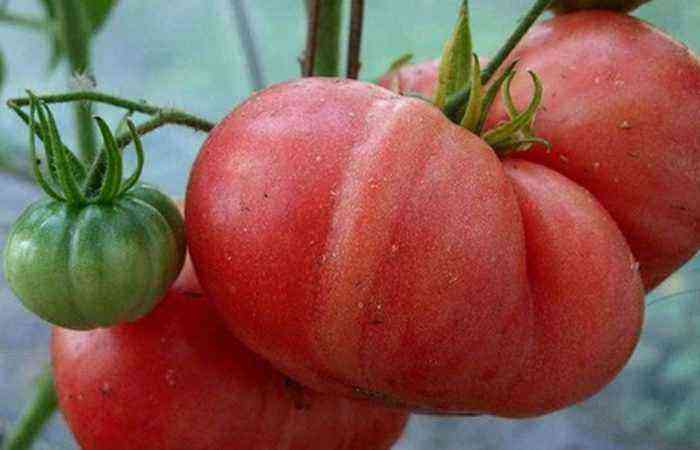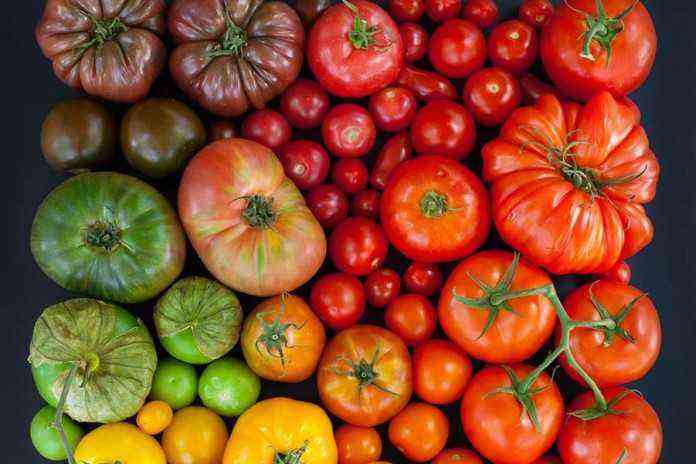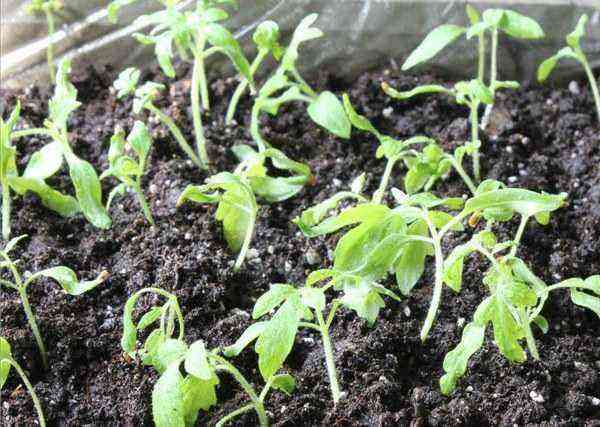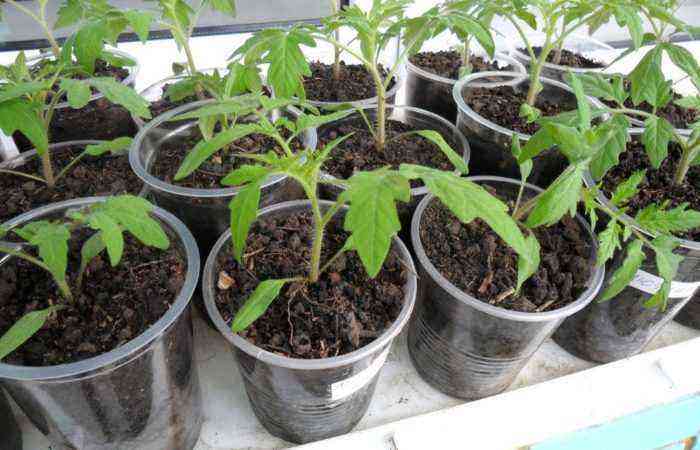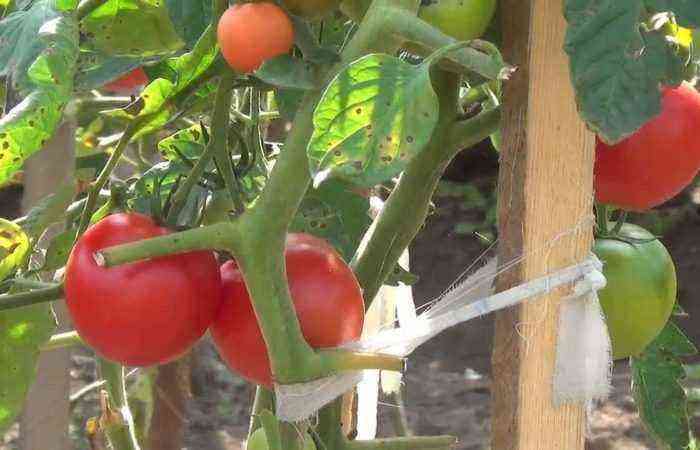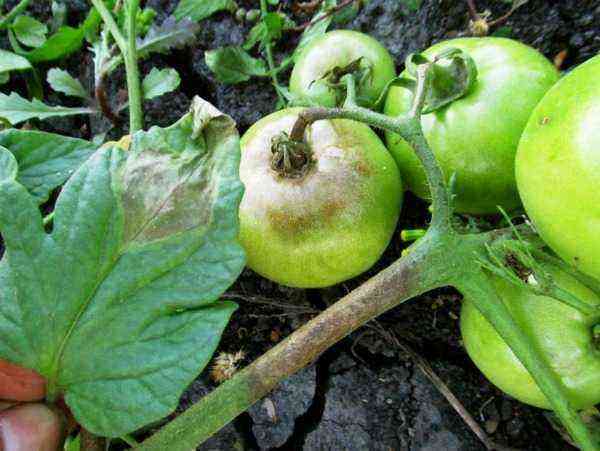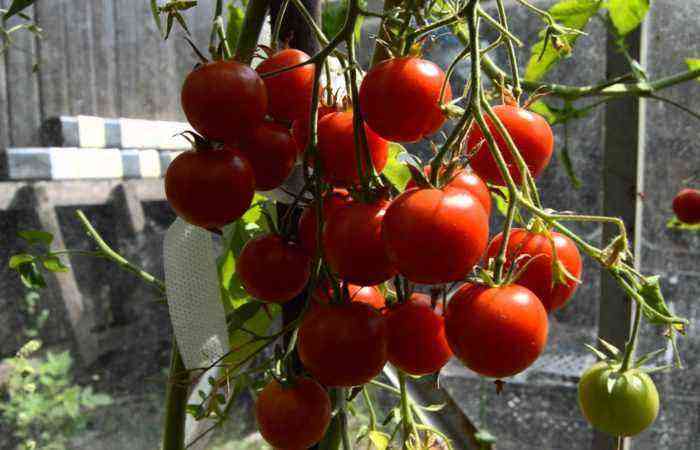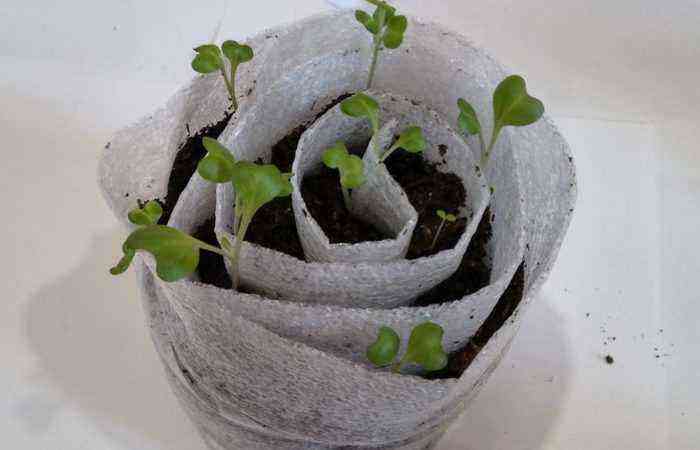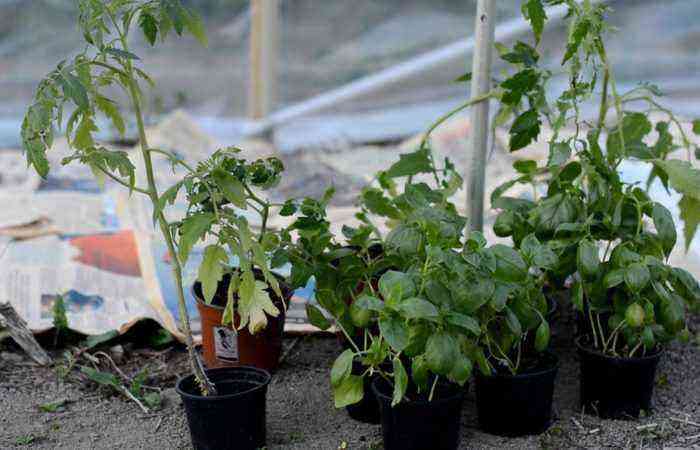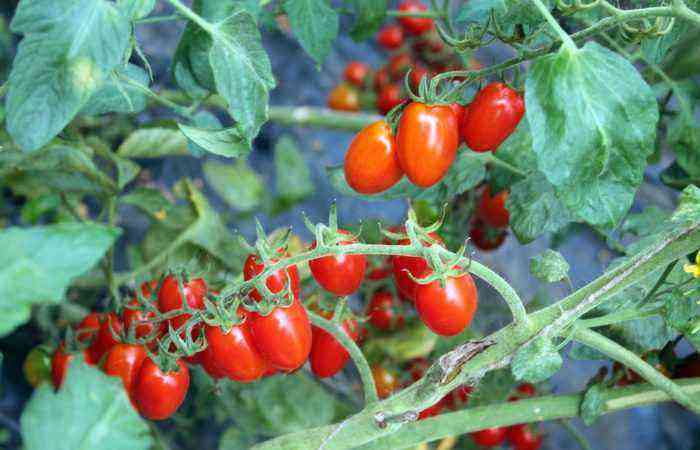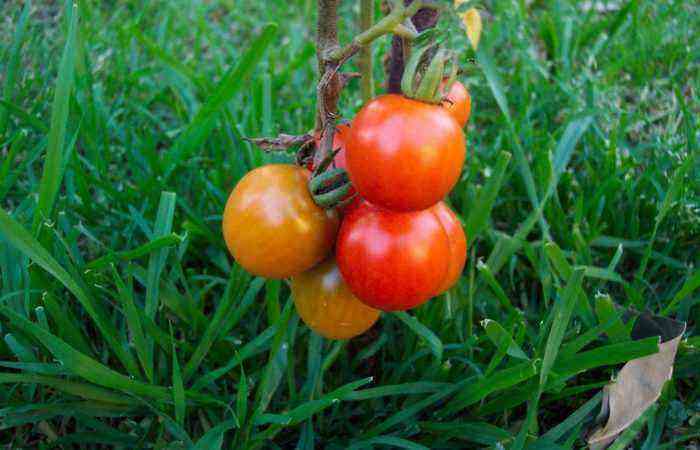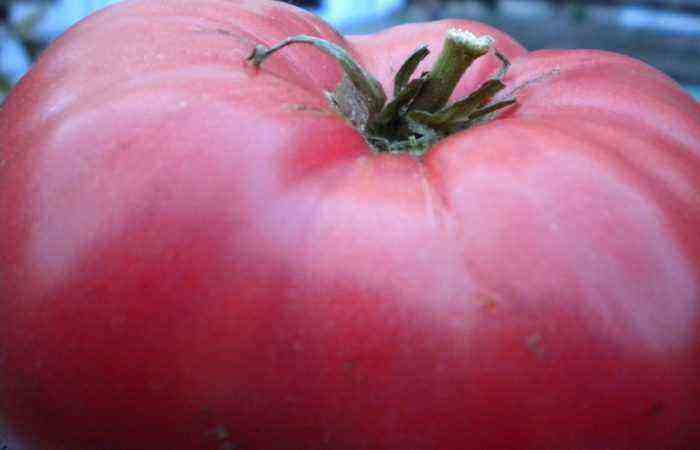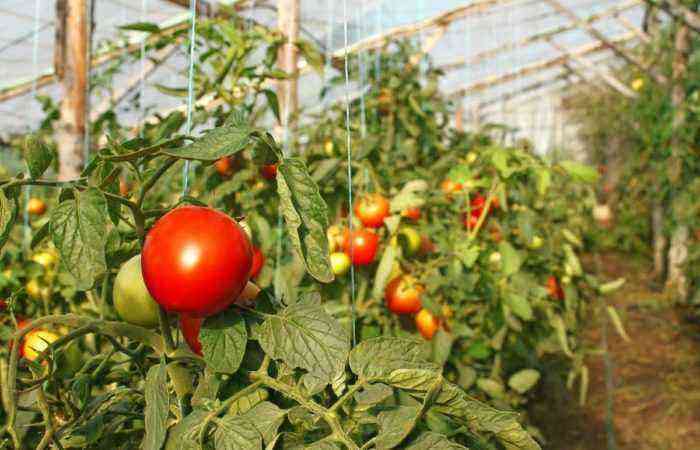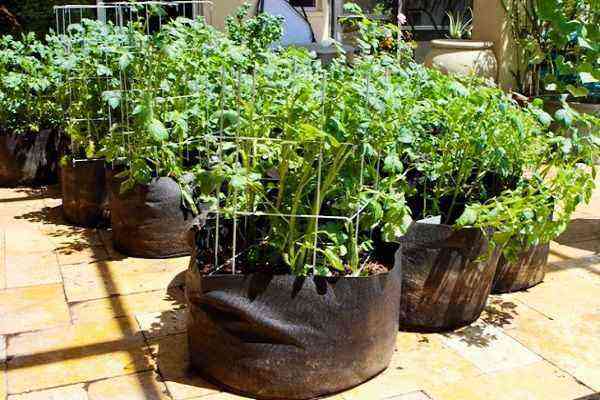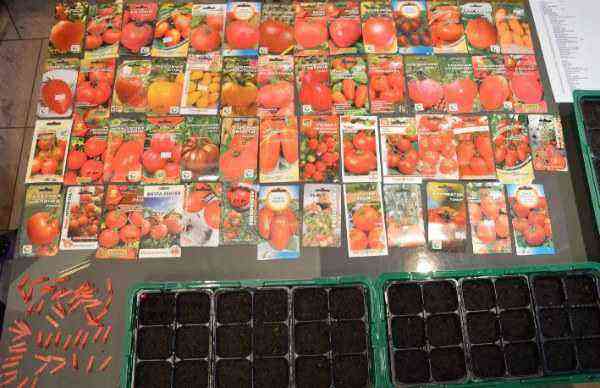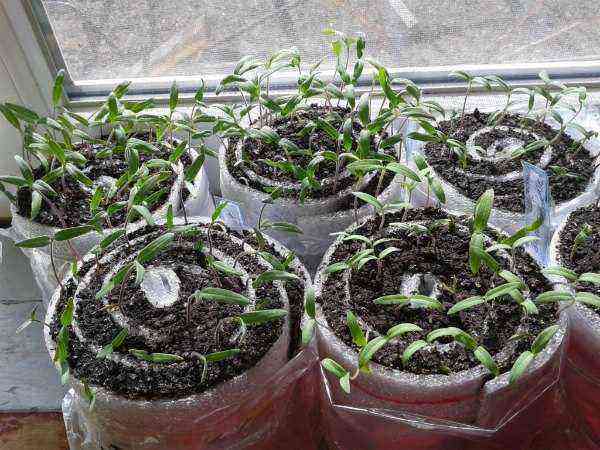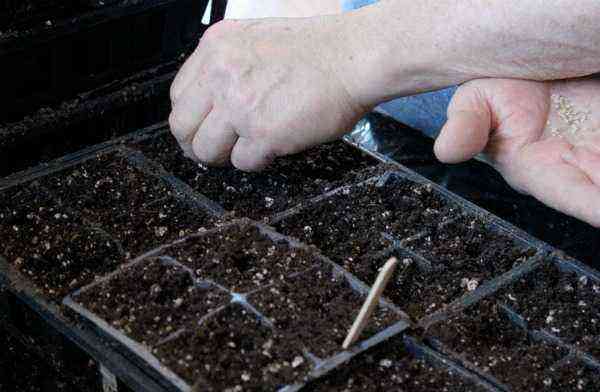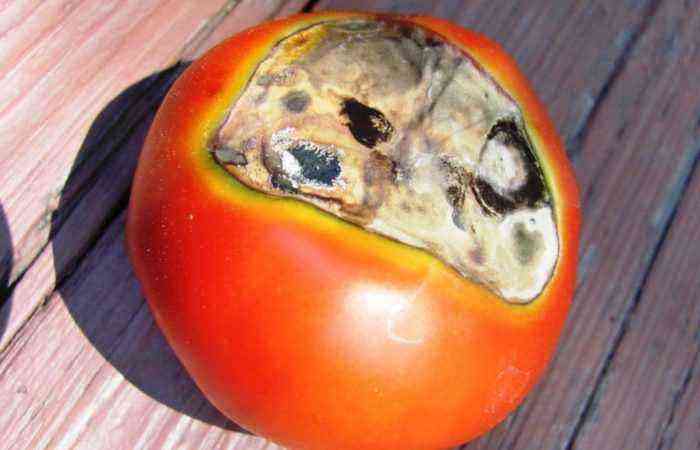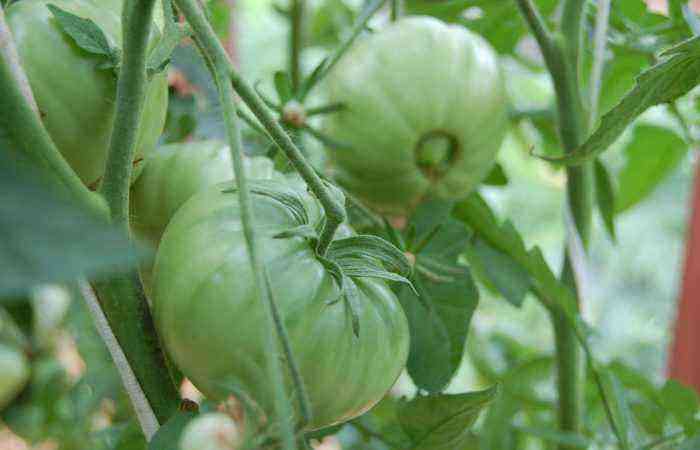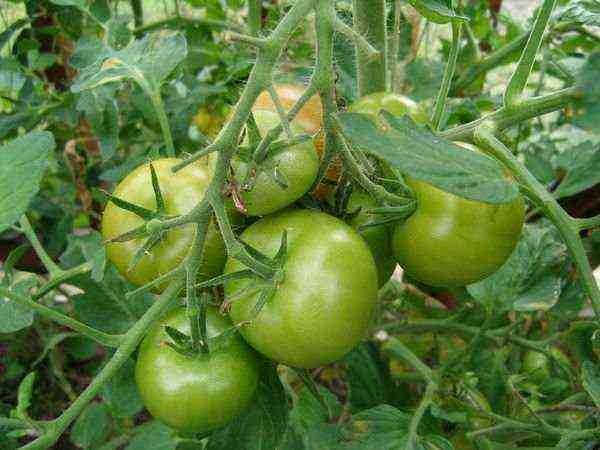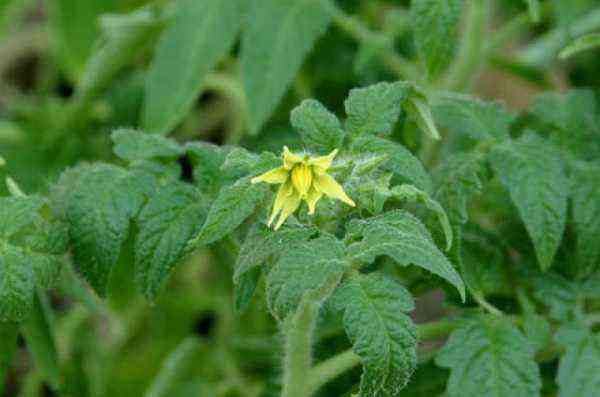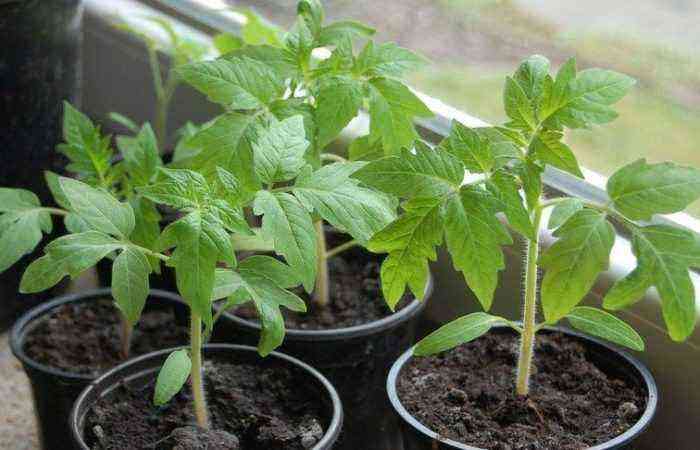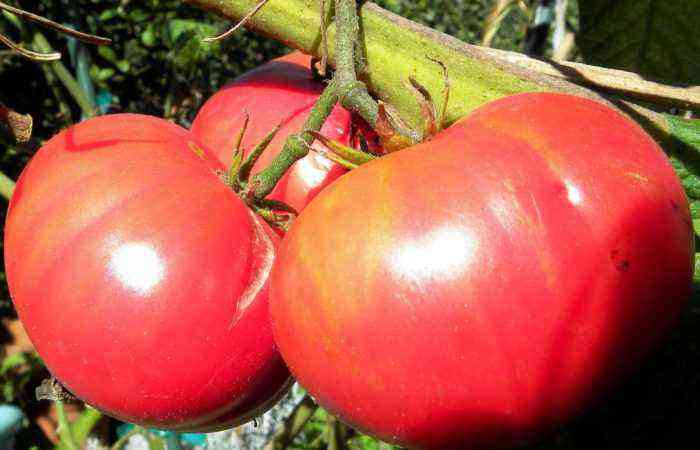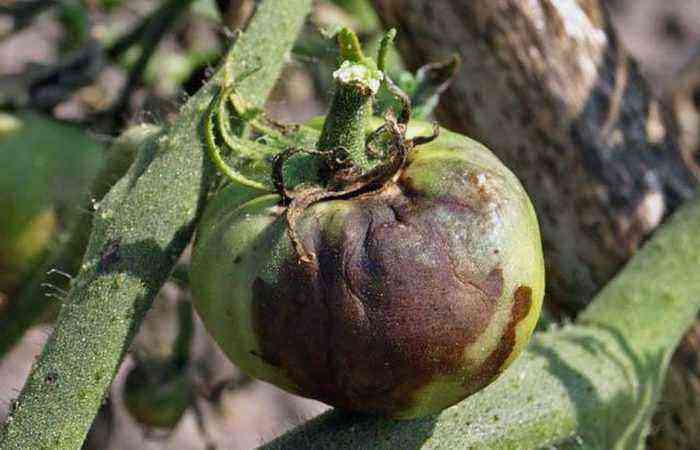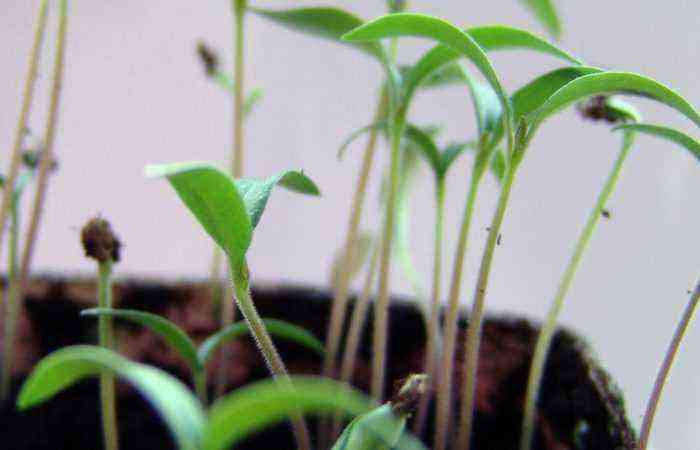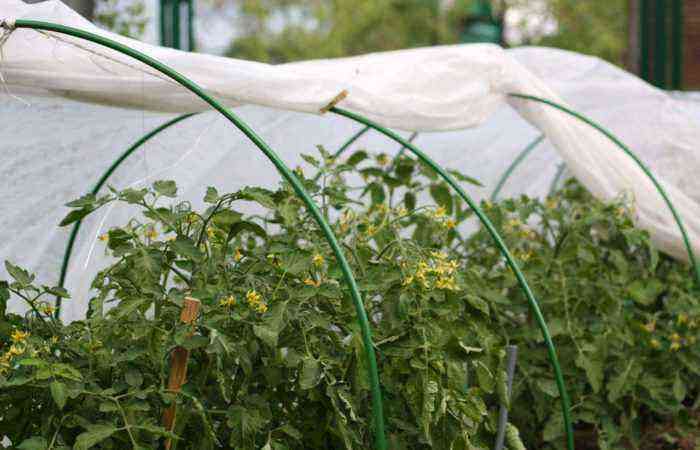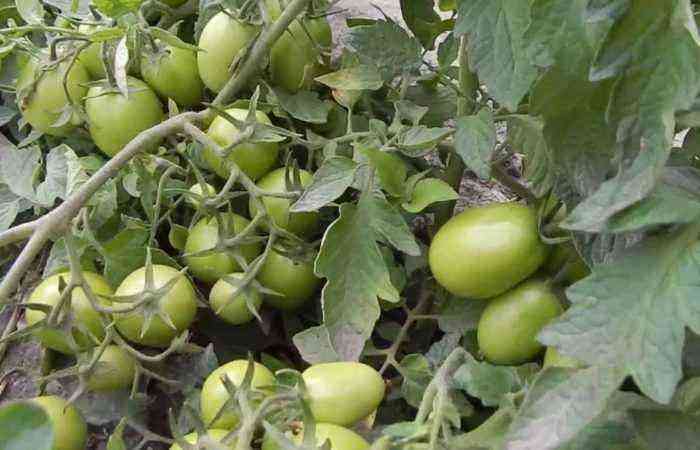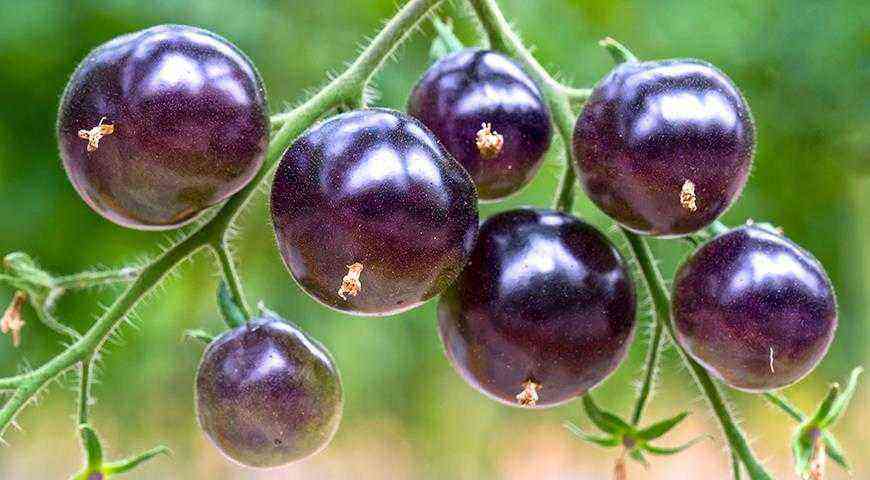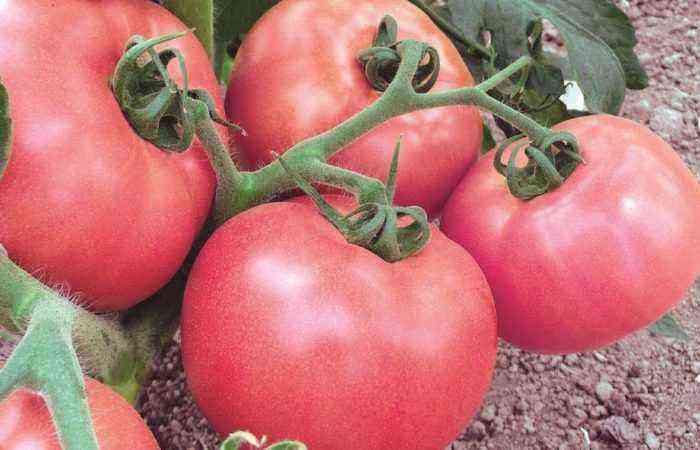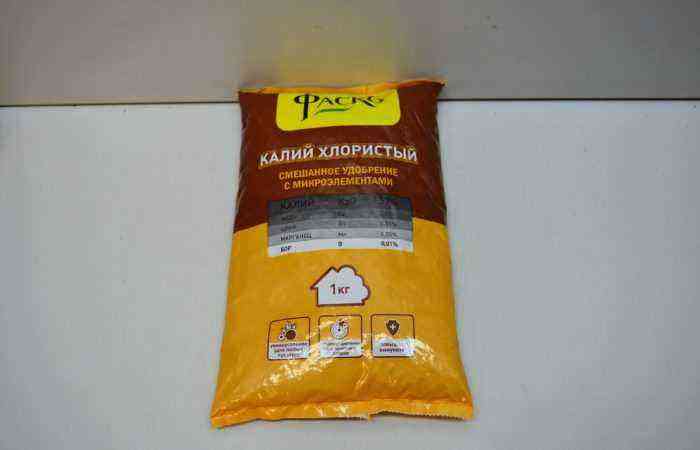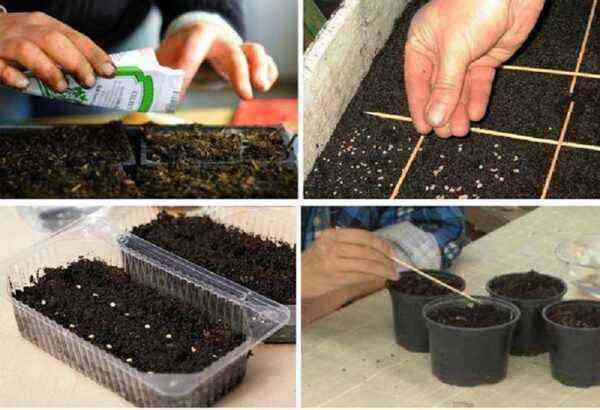On tomatoes, in addition to the main stem, a large number of leaves, flower brushes and lateral stepsons emerging from the leaf axils grow. The number of shoots also determines the number of flower brushes on which the fruits are tied.
Some varieties can form up to 20 fruit clusters on the main stem alone. If lateral processes are added to this, the number of inflorescences will increase exponentially. However, for the simultaneous fertilization of all flowers, the formation of ovaries and their growth, the plant will require a huge amount of nutrients that it cannot provide. In conditions of competition, some of the ovaries, even quite large ones, die and crumble. Consequently, the plant wasted its energy in vain on their development.
A large number of leaves and shoots greatly thickens the bush, worsens illumination and ventilation, which contributes to the development of diseases and impairs fruit ripening.
Formation of a bush – improving agricultural practices
In order to direct the energy of the tomato to the formation of a full-fledged crop with good commercial qualities, artificial regulation of the number of shoots, fruit organs and leaves, as well as the height of the plant, is carried out. The totality of such agricultural practices is called the formation of a bush. The formation is started 10-14 days after planting in the ground and the formation of the first flower brush. Work is carried out regularly, at least once every 10 days.
Do No Harm: Basic Rules
Stepping is an agrotechnical technique for removing a shoot in the axil of a leaf and one of the elements in the formation of a bush.
Favorable conditions for work – dry weather, moderate temperature, lack of dew on the plant.
About a day before the work, watering and fertilizing are stopped so that the plants have time to dry.
Carefully! When pinching and pruning wet plants, there is a risk of harmful fungi and viruses getting into fresh wounds.
Especially often damaged areas are affected by gray rot, the fungus of which progresses in conditions of high humidity and high temperature.
There are certain rules, the implementation of which will ensure a positive result:
- The knife and hands are disinfected with a 1% solution of potassium permanganate.
- Stepchildren are removed when they have reached 4-5cm. They are broken out by hand, bending with effort to the side.
- When removing overgrown stepchildren, the plant is injured more. It is better to carefully cut them with a knife so as not to damage the stem when breaking out.
- A piece of the shoot is left in the axil of the leaf – a small stump that will prevent the formation of a new stepson in this place. This reduces the risk of damage to the stem.
- Pinching the tops is carried out over the last flower brush, which is decided to complete the growth of the plant. It is important to leave a couple of leaves above the brush to improve photosynthesis.
- Pruning of leaves is carried out below the blossoming flower brushes. You need to remove no more than 2-3 healthy sheets per week.
Advice! Vegetative organs with signs of disease are removed immediately.
How to form the correct type of tomato bush
It is determined by the number of main stems on which fruit formations will be laid:
This means that only the central shoot will remain to continue growth, all stepchildren formed in its sinuses will be removed. This method of formation is more appropriate for tall varieties of medium and late ripening. However, it can also be used to get a super early crop of tomatoes.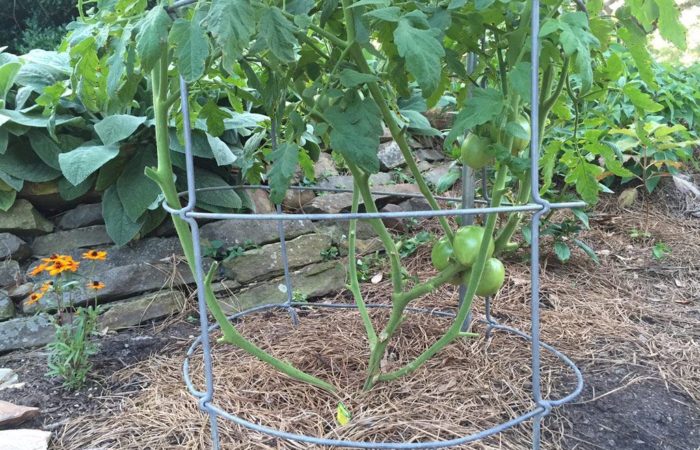
To do this, only flower brushes are left on the main stem of an early ripe plant, the stepchildren are removed in order to direct the plant’s forces to the setting and ripening of fruits. Since the growth of such varieties is limited to two or three brushes, their maturation will occur in the shortest possible time.
So more often form determinant varieties of tomatoes, that is, with limited growth. To do this, in the axil of the leaf on the central stem, the first healthy shoot is left, located below the fruit brush.
The use of variety physiology in the formation of a tomato bush
Indeterminate varieties
These are tall plants that are able to grow up for a long time, forming the first fruit cluster after 9-12 leaves, the next every 3-4. The number of brushes is not limited and their development requires a lot of nutrition, so all stepchildren in the axils of the leaves are removed.
To get a crop from the first brushes and limit the growth of the plant, in some varieties two shoots are left to continue, but no more.
Determinantant tomatoes
The number of fruit clusters on the main stem is limited (3-8). The first inflorescence is tied after 3-4 leaves. To maximize the use of plant strength in a short growing season, plants are grown in two equivalent stems or leave 1-2 side shoots and 1-2 inflorescences on them. Other shoots of the second – third order are also removed.
Early maturing, low-growing varieties do not require formation, as few brushes are laid and in a short time they ripen on all available shoots, after which growth stops.
Video about which tomatoes require shaping and how to pinch shoots.
How to choose the type of bush depending on the landing site
in the greenhouse
Choose individually for each variety, type of protective structure and length of the growing season in the region.
In high heated greenhouses it is more rational to grow high indeterminate varieties with unlimited growth. In this case, remove all shoots that form in the axils of the leaves on the main stem.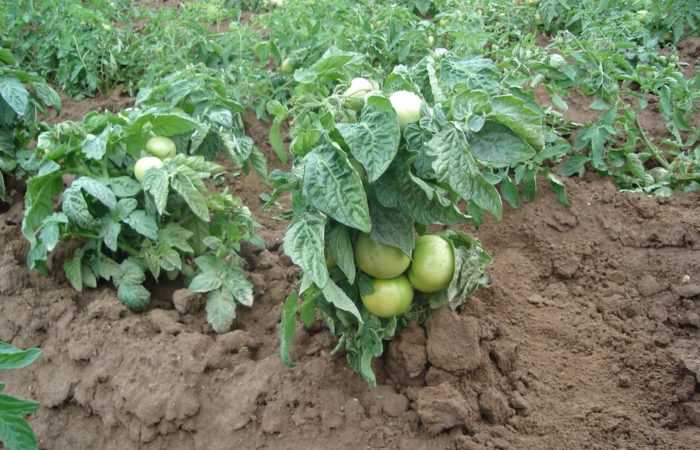
In spring, unheated greenhouses, these can be both determinant and indeterminate varieties. Both methods can be used here.
Attention! If tall plants are formed into two stems, then they are planted less often and the tops are pinched so that the fruits have time to set and ripen before the onset of adverse weather conditions.
Determinate varieties are usually formed in two stems. If there is only one stem, then after laying the branch brushes, a side shoot is left, since the growth of the central stem is limited. On the side shoot leave 1-2 flower brushes. This will extend the fruiting of plants with short and medium ripening periods.
In the open field
Grow varieties in open ground with different lines of maturation. And if in the southern regions even late tall tomatoes have time to ripen, then in the northern regions, early ripening determinate and superdeterminate varieties should be preferred. Ultra-early standard varieties do not stepchild; in their physiology, they practically do not give side shoots. In medium-sized plants, two, and sometimes three stems are left. Growth upwards, as in tall ones, is limited by pinching the top.
On the windowsill
They look good and bear fruit undersized standard or dwarf tomatoes up to 50cm tall. Given the lack of light, at home it is necessary to limit the number of not only shoots, but also ovaries. Currently, many varieties and hybrids have been created specifically for window sills. They themselves grow in the form of a neat wide bush with a height of 30-40 and do not require formation.
To obtain a good harvest of tomatoes, it is necessary to constantly monitor the condition of the bush, create optimal conditions for the formation and maturation of ovaries through its formation.
